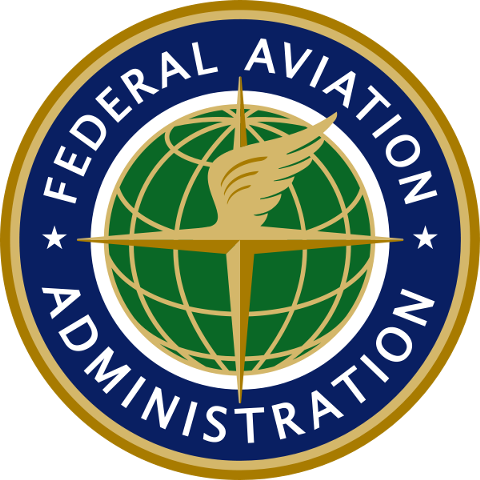TESTING DETAILS
1. FLIGHT PLANNING
Preplan a VFR deadreckoning flight from our testing airport location to one of the following airport pairs.
KCBF – KALN KRDM – KBFI
KMLE – KCFO KDVT – KLAS
KLNK – KRTN KCHD – KELP
KOMA – KRAP KAPA – KCBF
KFET – KCFO KHWO – KTHL
KRDK – KDLH KCOS – KCBF
KPMV – KCFO KBTA – KAPA
KGIF – KPLR KGTU – KOKC
On the day of the practical test, the final flight plan shall be to the first fuel stop using real-time weather. Be prepared to add maximum allowable passengers, baggage, and/or cargo loads during the oral based on a realistic scenario.
If you determine you will need to stop for fuel before reaching your destination, then you may only detail the flight plan nav log to your fuel stop destination.
You may use a paper and/or digital nav log.
Please select your first 3 checkpoints between 5nm – 10nm apart to help in the evaluation process.
Be prepared to appropriately fill out and use your nav log inflight.
Be prepared to provide actual ground speed calculations without the use of GPS.
Generate at least one legal preflight weather briefing from the FSS website, AviationWeather.gov or Foreflight.
Electronic or Printed briefing packets work best for efficient test discussion.
Prepare all required preflight preparation items per FAR 91.103.
Recommend to precalculate all performance data available in the aircraft POH.
Base all calculations on the actual real-time weather at the time of testing.
Use Dan’s weight of 185 lbs with no baggage in your calculations.
2. TESTING AIRCRAFT
Bring all of the actual maintenance records for your aircraft, if possible.
Be able to locate all inspections within the maintenance logs in order to determine airworthiness.
Please bring photos of the Airworthiness Certificate, Registration, Type Data Plate and GPS Database Currency Page.
Download and bring this completed AIRCRAFT AIRWORTHINESS STATUS SHEET:
FAA-MX-STATUS-SHEET-FOR-PRACTICAL-TESTS.pdf
3. WRITTEN KNOWLEDGE TEST
Bring your actual test results.
Please decode all PLT/ACS Codes for any missed questions on the Written Knowledge Test using either of these websites found below.
https://www.faatestcodes.com/
Bring your generated report to your test. These questions are required to be tested by the evaluator on the day of your test.
4. LOGBOOKS
Confirm your name and contact information is in your logbook.
Confirm all pages with log entries are signed in ink.
Be sure to total all pages using ink only. Pencil will not be accepted. The FAA considers your logbook as a legal record.
5. ELIGIBILITY CHECKLIST and REQUIRED ENDORSEMENTS
Labels with typed endorsements are preferred, if possible. Handwritten endorsements must be legible.
If using preprinted old endorsements in the back of logbook, then you must reference AC61.65H and ensure your endorsements match exactly.
All endorsements must be attached inside the logbook.
Download and bring this checklist:
http://iowadpe.com/wp-content/uploads/2024/04/COMMERCIAL-PILOT-ASEL-61-141-INITIAL-1.pdf
6. IACRA BACKUP PLAN
Please bring a printed copy of your completed IACRA 8710-1 Application with your Recommending CFI’s signature.
7. FAASAFETY.GOV
Recommend signing up for a FREE account.
Optional: bring any course completion certificates earned in your account.
***Please do not hesitate to contact me if you have any further questions regarding your test.
